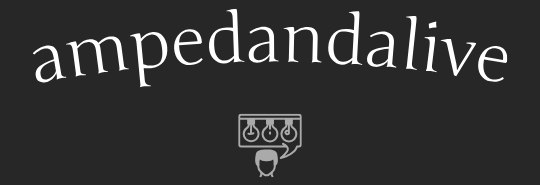Exploring Modernity: Trends in 21st Century Art
In the ever-evolving landscape of art, the 21st century has brought forth a whirlwind of creativity and innovation. From the digital revolution to new perspectives on identity and society, contemporary artists are boldly venturing into uncharted territories, pushing boundaries, and challenging the status quo.
The Digital Canvas: Redefining Artistic Expression
One of the most striking trends in 21st century art is the integration of digital technology into artistic creation. Artists are using digital tools to manipulate images, create immersive installations, and explore the intersection of art and technology. From virtual reality experiences to interactive installations, the digital canvas offers artists a whole new realm of possibilities to express their visions.
Art and Activism: A Powerful Duo
In an era marked by social and political upheaval, many contemporary artists are using their work as a tool for activism and social change. From addressing climate change to advocating for human rights, artists are creating powerful visual statements that resonate with audiences around the world. Through their art, they are sparking conversations, raising awareness, and challenging viewers to confront pressing issues of our time.
Breaking Boundaries: The Rise of Multidisciplinary Art
Gone are the days when art was confined to a single medium or discipline. In the 21st century, artists are embracing a multidisciplinary approach, blending traditional techniques with new forms of expression. This fusion of disciplines results in captivating works that transcend categorization, blurring the lines between painting, sculpture, performance, and more. The result is a dynamic, hybrid art form that defies conventions and invites viewers to explore new ways of seeing and experiencing art.
Identity and Representation: Diverse Voices in Contemporary Art
One of the most significant shifts in 21st century art is the emphasis on diverse voices and perspectives. Artists from marginalized communities are reclaiming narratives, challenging stereotypes, and celebrating the richness of their identities. This focus on inclusivity and representation has led to a flourishing of art that reflects the complexity and diversity of the human experience. Whether exploring issues of race, gender, sexuality, or culture, these artists are reshaping the art world and broadening our understanding of what art can be.
The Globalization of Art: Connecting Cultures Across Borders
Advancements in technology and communication have transformed the art world into a global community. Artists are no longer confined by geographical boundaries; they are collaborating across continents, sharing ideas, and drawing inspiration from diverse cultures. This globalization of art has led to a rich cross-pollination of styles, techniques, and themes. It has also opened up new avenues for artists to exhibit their work internationally, reaching audiences in far-flung corners of the globe.
Sustainability and Eco-Art: Artistic Responses to Climate Crisis
As the world grapples with the urgent challenges of climate change, many artists are turning their attention to environmental issues. Eco-art, also known as environmental art or ecological art, seeks to raise awareness about the natural world and humanity’s impact on it. Artists are using recycled materials, creating installations that highlight environmental degradation, and advocating for sustainability through their work. Eco-art serves as a poignant reminder of the fragility of our planet and the need for collective action.
The Influence of Social Media: Art in the Digital Age
Social media platforms have become powerful tools for artists to showcase their work, connect with audiences, and engage in dialogues with fellow creators. Platforms like Instagram, Twitter, and TikTok have democratized the art world, allowing artists to bypass traditional gatekeepers and reach a global audience directly. Artists are sharing their creative processes, offering behind-the-scenes glimpses into their studios, and building communities of like-minded individuals. This digital presence has become an integral part of the contemporary art landscape, shaping trends, influencing tastes, and fostering new modes of artistic expression.
The Legacy of Postmodernism: Deconstructing Reality
Building upon the foundations laid by postmodernism, 21st century artists continue to deconstruct and question established norms. They challenge the notion of a singular truth, embracing ambiguity, irony, and complexity in their works. This post-postmodern era sees artists playing with notions of reality and fiction, blurring the boundaries between the virtual and the physical, the real and the imagined. It is a time of artistic freedom and experimentation, where artists are unafraid to explore the liminal spaces between art and life.
The Future of Art: Infinite Possibilities
As we venture further into the 21st century, the future of art is boundless. Artists will continue to push the boundaries of creativity, embracing new technologies, engaging with pressing social issues, and exploring the vastness of human experience. The art world will remain a vibrant, dynamic space where voices from all corners of the globe converge, creating a tapestry of diverse perspectives and visions. The trends we see today are but a glimpse of the limitless possibilities that lie ahead in the ever-evolving world of contemporary art. Read more about 21st century contemporary art

